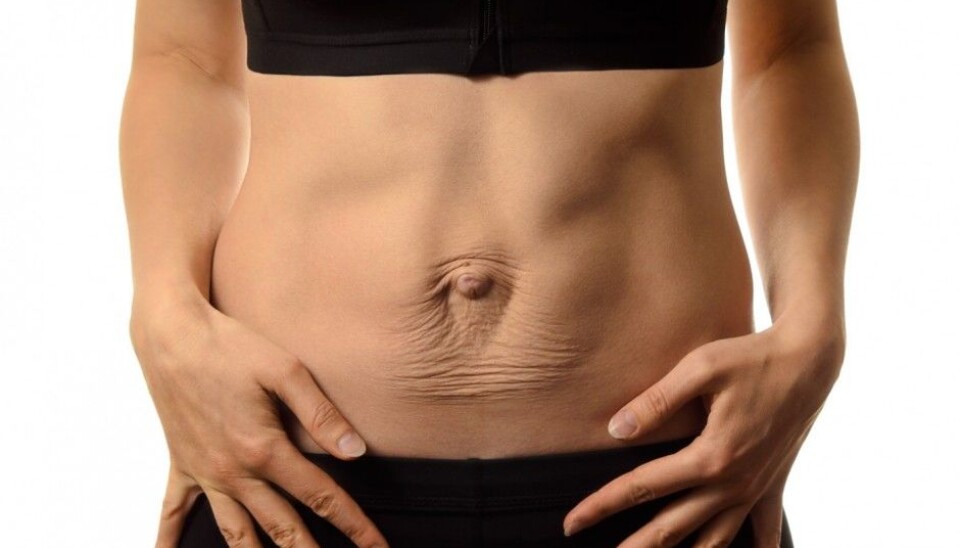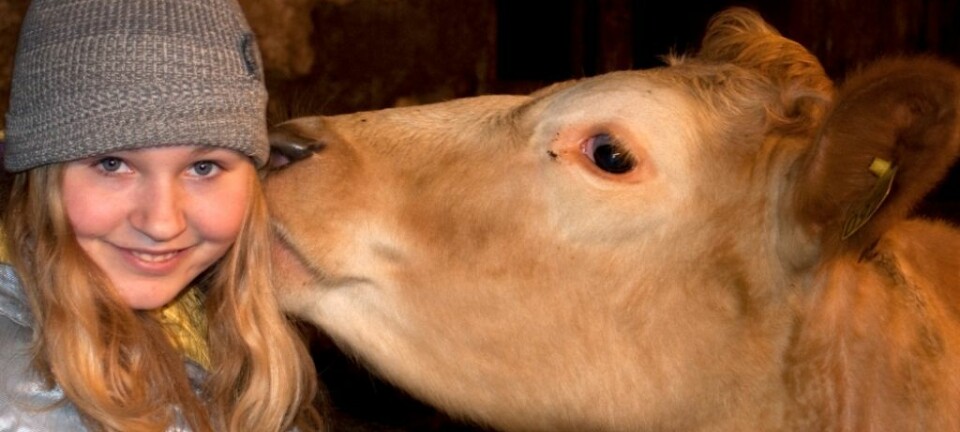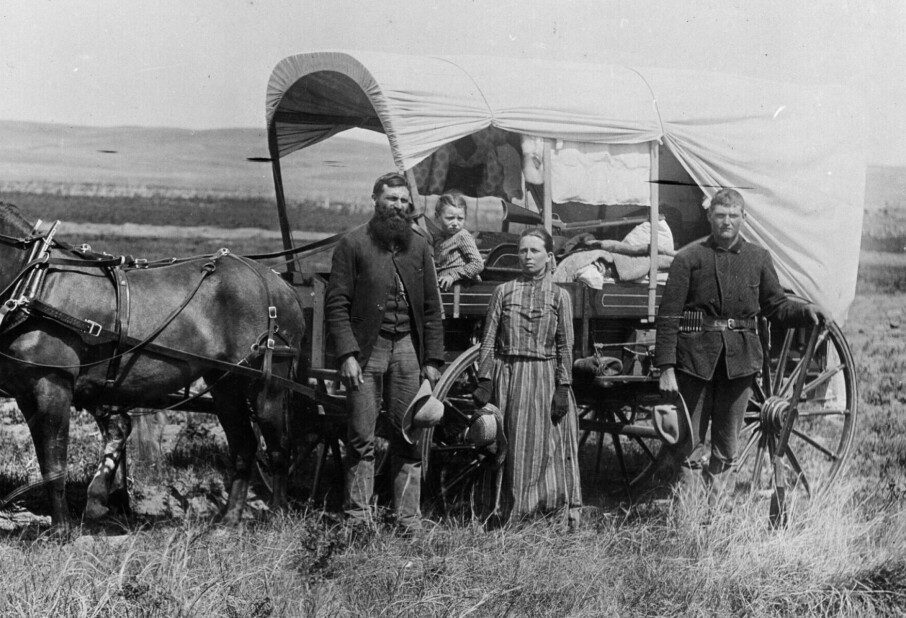
Researchers have no idea how to fix your 'mummy tummy'
For years, researchers have promoted treating separated abdominal muscles, called diastasis recti abdominis, with specific exercises. A new study shows this approach doesn’t really work.
It’s probably an understatement to say that pregnancy causes a woman’s body to change radically. One of the signature changes is the expansion of a woman’s belly as the pregnancy proceeds. To allow for this, the muscles in the woman’s abdomen have to extend and eventually divide to make room for the growing foetus.
After the baby is born, some women find that these separated muscles don’t automatically snap back together again. Instead, a space between the abdominal muscles persists that can be felt with the fingers and seen if the mother lies on her back and lifts her head.
Until recently, experts such as Kari Bø, a professor at the Norwegian School of Sports Sciences (NIH), have recommended exercises that work the transverse abdominal muscle to reduce the gap.
But in a new study, she and NIH PhD candidate Sandra Lødeng Gluppe found that this approach might not help separated abdominal muscles. In fact, it appears that it causes the muscles to move further apart rather than pulling together, as researchers once thought.
"I'm not afraid to admit I've been wrong about this," says Bø.
Established in the 1990s
Bø says it was two decades ago that researchers first embraced the idea that working the inner transverse abdominal muscles would help close diastasis recti abdominis.
The exercise is done by pulling the navel towards the spine without curling or moving the spine in any other way. It can be done in many different positions and variants. The plank is an example of a very advanced and difficult transverse exercise, she says.
"We have strongly believed that the inner muscles are important for stability and in closing the diastasis, but no one has investigated whether the exercises really do this,” Bø said.
Physiotherapists and coaches have also believed that transverse muscle training is important for preventing and treating back pain, but this has been subject to major debate, with more and more researchers suggesting that this relatively small muscle could not have such an effect, according to Bø.
"There have now been several randomized studies and meta-analyses that ask whether transverse and core exercises have any effect on back pain,” she said. “This kind of training has been so popular that people also began promoting it for diastasis recti abdominis, with the idea that this muscle could close the gap. People have also promoted this exercise regimen as a solution for back and pelvis problems during and after pregnancy.”
Saw no effect
But now, the Norwegian researchers have published a study in Physical Therapy magazine where they report on tests of stomach muscle training in new mothers and assess if this approach can pull abdominal muscles together.
The randomized, controlled study had one group of mothers who tested the programme and did pelvic floor and transverse muscle exercises, with three sets of 8-12 repetitions. The other group was used as a basis for comparison. This control group just lived normally. All women in both groups had mild to moderate diastasis recti abdominis.
Participants had been mothers for six weeks when they started the programme. Every week for four months the mothers in the exercise group were given a supervised exercise class in addition to the training they did at home.
But after six months, there was no significant difference between the women who had done the exercises and those who did not. The same was true after one year. Far fewer had abdominal gaps at these checks, but there were about the same number in each group.
Pelvis floor exercises no help either
Both the women in the exercise group and the women in the control group exercised their abdominal muscles at home, but the control group did this on their own initiative and without involvement from the researchers. The difference between the two groups was that the training group also had supervised training once a week and pelvic floor training during the session and at home for four months.
The idea was that pelvic floor training could also help with the diastasis, Bø said.
“Several studies have shown that the transverse abdominal muscle is activated when we exercise the pelvic floor muscles, and our starting point was that the stomach exercises would work on the diastasis, but they did not. The gap was not affected by pelvic floor training or stomach muscle exercises,” she said.
She also notes that the study did not include any participants who had an extremely large gap in their abdominal muscles.
"All we have right now is that we know almost nothing about what works to close the abdominal gap in women who have small or moderate gaps,” she said. “And we know even less about what we can do to help the women who have a big gap. So we have many unanswered questions.”
She and other researchers do agree that women with diastatis recti abdominis should not do any exercises that cause the stomach to bulge out of the gap.
Reference:
S. L. Gluppe, G. H. Tennfjord, M. E. Engh, K. Bø: Effect of a Postpartum Training Program on Prevalence of Diastasis Recti Abdominis in Postpartum Primiparous Women: A Randomized Controlled Trial. Physical Therapy (2018).
-------------------------------------
Read the Norwegian version of this article at forskning.no.

































